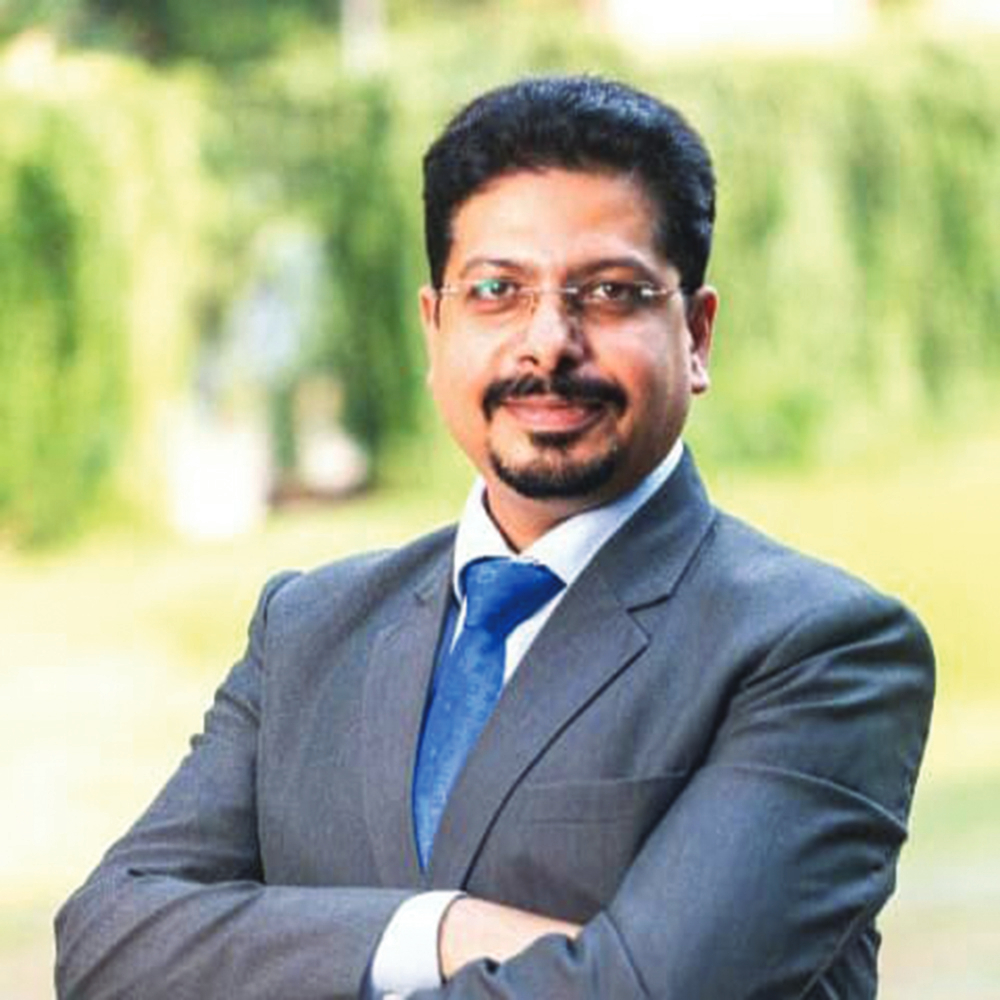

Shiv Maini, Housekeeping Head, Max Healthcare Saket opines that maintaining impeccable cleanliness and hygiene is paramount in the ever-evolving landscape of healthcare. Technological advancements are playing a pivotal role in transforming housekeeping practices, ensuring higher standards of cleanliness, and enhancing infection control. Here are some of the most significant advancements currently shaping housekeeping in healthcare facilities:
One of the standout innovations is Artificial Intelligence (AI). AI has the potential to automate routine housekeeping tasks and assist staff in identifying which rooms require immediate attention. By predicting resource usage, such as toiletries, AI helps streamline operations and improve efficiency.
Regular quality control and monitoring ensure adherence to protocols, while patient engagement educates patients and visitors on infection control practices.
Shiv Maini
Another breakthrough is UV-C Light Cleaning Technology. This technology uses ultraviolet light to inactivate viruses, bacteria, fungi, and other microorganisms. Its application in healthcare settings, where high cleanliness standards are crucial, has been especially beneficial. UV-C light ensures that shared spaces are thoroughly sanitized, reducing the risk of infections.
The implementation of Housekeeping Software has also made a significant impact. This software allows us to manage housekeeping activities effectively, monitor the progress of our teams, and allocate specific cleaning tasks to individual employees. By providing a clear overview of daily responsibilities, it enhances productivity and ensures that no area is overlooked.
Air Purifier Technology is another innovation making waves in healthcare housekeeping. Capable of removing over 99 percent of pollutants and impurities from the air, these purifiers are crucial in maintaining air quality in healthcare facilities. Clean air is vital for the well-being of patients, staff, and visitors, making this technology indispensable.
Lastly, the introduction of a Robotic Housekeeping Team has brought a new level of efficiency. Robots assist in tasks such as floor cleaning and data collection, alleviating some of the pressure on housekeeping staff. This not only enhances efficiency but also ensures consistent cleaning standards.
In addition to these technological advancements, several trends are emerging in healthcare housekeeping that facility managers should be aware of:
Continuously Active Disinfection (CAD) Chemicals are gaining traction. These disinfectants offer continuous activity, significantly reducing the risk of organism transmission in the environment. Innovations in Delivery Systems, such as UV technology and misting devices, have also emerged, enabling more efficient and widespread disinfection.
Sustainable Housekeeping with Eco Practices is no longer just a trend but a global necessity. Healthcare facilities are adopting green, non-toxic cleaning products, going paperless, and introducing towel and linen reuse programs to reduce their carbon footprint.
The use of technology in Housekeeping Training is also evolving. Digital content, including photos and videos, provides trainees with clear instructions and helps them reference procedures whenever needed. This method ensures better retention and application of cleaning protocols.
Data-Driven Sanitation and Cleaning is transforming traditional cleaning protocols. By integrating data analytics, facility managers can make informed decisions about cleaning schedules and resource allocation, tailoring practices to the specific needs of their facility.
To meet the increasing demand for high hygiene standards and effective infection control, healthcare facilities are adopting several key strategies:
Enhancing cleaning protocols, investing in advanced technologies like UV light disinfection and hydrogen peroxide vaporization, and providing ongoing training for staff are critical steps. Regular quality control and monitoring ensure adherence to these protocols, while patient engagement educates patients and visitors on infection control practices.
Optimizing the supply chain for essential products, designing facilities with infection control in mind, and establishing dedicated infection prevention and control teams further strengthen these efforts. Staying updated with regulations and continuously improving practices are essential to maintaining high standards.
A comprehensive housekeeping training program in healthcare should include clear goals, a thorough curriculum covering infection control and cleaning protocols, and hands-on training sessions. Emphasizing infection control, proper equipment use, chemical safety, and effective communication are vital components. Ongoing education and competency-based training ensure that staff remain proficient and up-to-date with best practices.
To effectively train housekeeping staff on new technologies, healthcare facilities should provide comprehensive sessions, hands-on practice, and utilize manufacturer training programs. Online resources, cross-training, regular refresher sessions, and a phased implementation approach help maintain staff proficiency. Feedback mechanisms and accurate training documentation further support this process.
By embracing these technological advancements, trends, and training strategies, healthcare facilities can significantly enhance their housekeeping operations, ensuring a cleaner, safer environment for everyone.







